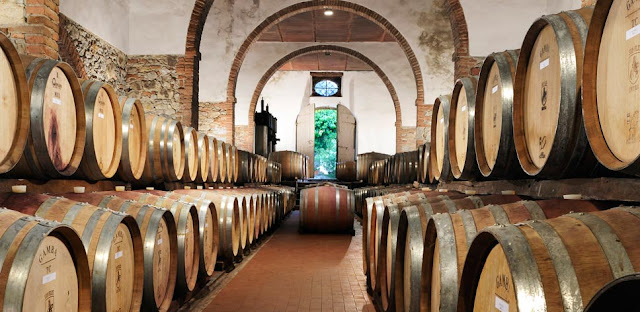“We
live in a wonderful world that is full of beauty, charm and adventure. There is
no end to the adventures we can have if only we seek them with our eyes open.” –
Jawaharial Nehru
From the train station in Firenze
we went to Bologna. Our flight out of Italy was very, very early the next day
so we wanted to stay overnight at some place very close to the airport. So we
stayed at an “airport hotel”. You would
never have known you were in Europe. I
don’t know what it is about airport hotels that dictates that they all have to
be extremely sterile and uninteresting. Even the food at dinner that night,
though supposedly Italian, was flavourless and without interest.
Very early the next morning we
arrived at the Bologna airport. Of all the places on our trip this place was
the most confusing. The signage was either terrible or non-existent and we
spent a good hour in the wrong line-up. It was a complete madhouse. Eventually,
though, we did board the right plane to Bergen, Norway.
Bergen is a city on the Bergen
Peninsula on the west coast of Norway. The core city, itself, was established
before 1070 AD. It has grown a great deal since then and is now the second-most
populous city in Norway, after Oslo. Bergen Port is the busiest port in Norway.
There were quite a number of different kinds of ships in the afternoon we took
a stroll around the piers. The smell of fish and boat diesel replaced the smell
of olive trees and lavender that we had grown accustomed to over the past week.
But it was bracing and fresh – and considerably cooler than Italy.
We stayed in a hotel
just behind the remains of the quays, Bryggen, which is a World Heritage site.
This area of Bergen is a series of Hanseatic (merchant guild and market guild)
buildings lining the eastern side of the fjord. The original ones dated from
1100, but due to the fact that all of the buildings are wooden and have been
subject to quite a few fires, the existing buildings only date back to about
the 1700’s. The oldest and tallest building is St Mary’s Church, which was
built between 1130 and 1180.
In our meanderings we stumbled upon a statue of
Snorri Sturluson (born in the 13th
century), the Icelandic historian, poet, and politician who wrote the
Heimskringla – a history of the Norwegian kings. A copy of which graces our
bookcase, and has for years.
Later that evening we walked
about the residential areas up behind the colourful, wooden buildings of
Bryggen. Bergen is known as the ‘place of seven mountains’. As we wandered
about, in and out of alleys and small streets, we noted a lot of ‘up’. The view
out over the fjord was welcome reward, though.
And, in Bergen, we saw our first
of many, many trolls.































